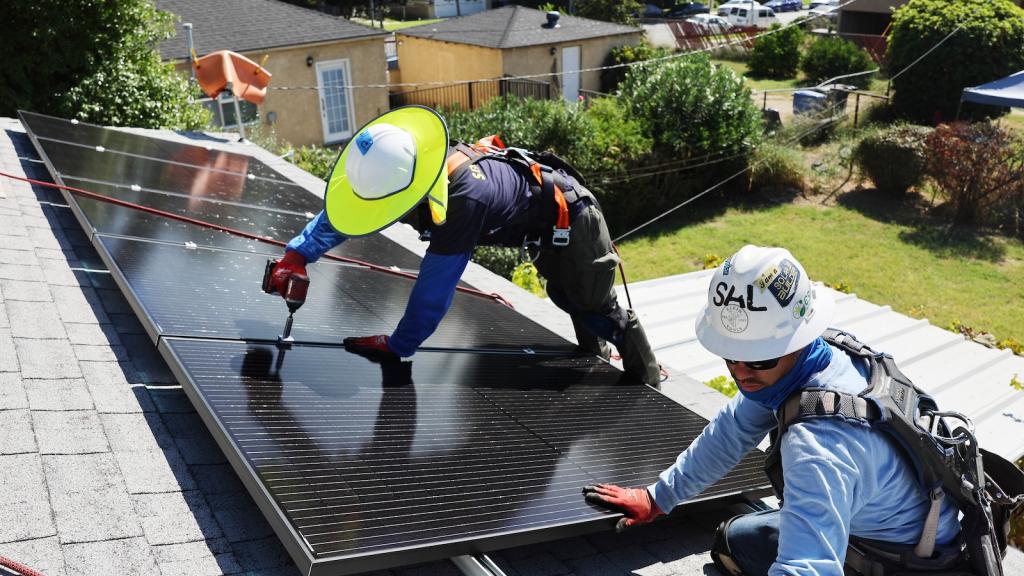A while ago there was a great discussion of the pros and cons of integrating adaptation into global-warming debates (prompted by Nordhaus and Shellenberger’s op-ed “preparing for nature’s attack“).
I just ran across an adaptation strategy that’s compelling because it positively engages global warming consequences, without softpeddling or sidestepping the issue. Alex Wilson at Environmental Building News suggests that in order to adapt to increasing environmental volatility, we need to design buildings for passive survivability.
Ooh, I like the sound of that …
Hurricane Katrina and a long list of other natural disasters over the years — from the Northeast’s Blizzard of 1978 that killed 17 people and left tens of thousands of people without heat and water, to the Chicago heat wave that killed more than 700 people during a one-week period in 1995, to the January 1998 ice storm in Eastern Canada that killed 28 people, left 4 million people without power, and forced 600,000 residents from their homes — argue for a new mandate in building design: passive survivability. I use this term to refer to the ability of a building to maintain critical life-support conditions for its occupants if services such as power, heating fuel, or water are lost for an extended period.
I like this idea for a couple of reasons. First, it makes great practical sense. Second, it makes a strategic case for green building practices (rather than just an environmental case).
There’s clearly a range of adaptations to global warming necessary in coming years. The passive survivability example illustrates that.
It’s not very useful to adopt a blanket position for or against adaptation — each idea needs to be evaluated on it’s own merits. No doubt some proposals are going to be head-in-the-sand, status-quo moves, but others will be important to explore and support.
I’m curious about 2 things:
- What do others think about this notion of passive survivability as a building design criteria?
- What kinds of other adaptation strategies are people hearing about, and where do they fall in a spectrum of “protect your ass-ets” to “get us to a better place?”


